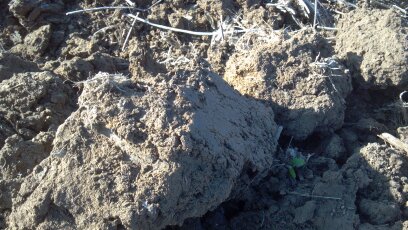

(2000), "Strong-motion, siteeffects and Hazard Issues in rebuilding Turkey: in light of the 17 August 1999 earthquake and its aftershocks", Int. (1956b), "Theory of propagation of elastic waves in a fluid-saturated porous solid. (1956a), "Theory of propagation of elastic waves in fluid-saturated porous solid. (2015), "Effect of soil-structure interaction on the reliability of reinforced concrete bridges", Ain Shams Eng. (2011), "Study of propagation of shear waves in a multilayer medium including a fluid-saturated porous stratum", Int. (2003), "Effects of spatial variability of soil properties on surface ground motion", J.

Lastly, the present approach is applied to a case study in the Adapazari town basin so that to estimate ground motion accelerations lacked in the fast-growing during the main shock of the damaging 1999 Kocaeli earthquake.Īssimaki, D., Pecker, A., Popescu, R.

However, no effects are observed on both Love wave dispersion and amplification function for random variations of permeability. Also, the increase of uncertainties in the porosity (high coefficient of variation) decreases the mean amplification function amplitudes and shifts the fundamental frequencies. The limits of the Love wave velocity in a porous soil layer overlaying a homogeneous half-space are obtained where it is found that random variations of porosity change the zeros of the wave equation. After performing several thousands of samples, the mathematical expectation (mean) of the solution of the wave propagation equations in terms of amplification functions for SH waves and in terms of dispersion equation for Love-waves are obtained. Random samples of the porosity and the permeability are generated according to the normal and lognormal distribution functions, respectively, with a mean value and a coefficient of variation for each one of the two parameters. The uncertainties around the above two cited parameters are taken into account by random fields with the help of Monte Carlo Simulations (MCS). A unified formulation of the governing equations for one-dimensional (1-D) wave propagation in anisotropic porous layered media is presented deterministically. The detection limit, spatially resolved, was determined to be 26 mg.The present study is dedicated to investigate the SH body-as well as Love-waves propagation effects in porous media with uncertain porosity and permeability. Flow in this model system was driven by capillary suction. Viscous hydrocarbon flow through a sand bed, a simple realistic porous medium, was used as our test system. It is also, by its nature, more quantitative than most MRI methods. As a pure phase encode technique, it is immune to artifacts arising from inhomogeneous B0 fields. A multiple echo pure phase encode MRI technique introduced in this paper helps to overcome these limitations. However, the low natural abundance of carbon-13, low gyromagnetic ratio, and generically short transverse signal lifetimes in realistic porous media all conspire to hinder carbon-13 MRI. Carbon-13 MRI is a noninvasive analytical technique that has great potential for direct detection of hydrocarbons. The direct detection of hydrocarbon fluid and the discrimination of water through carbon-13 magnetic resonance imaging (MRI) would be a significant advance in many scientific fields including food, petrogeological, and environmental sciences.


 0 kommentar(er)
0 kommentar(er)
